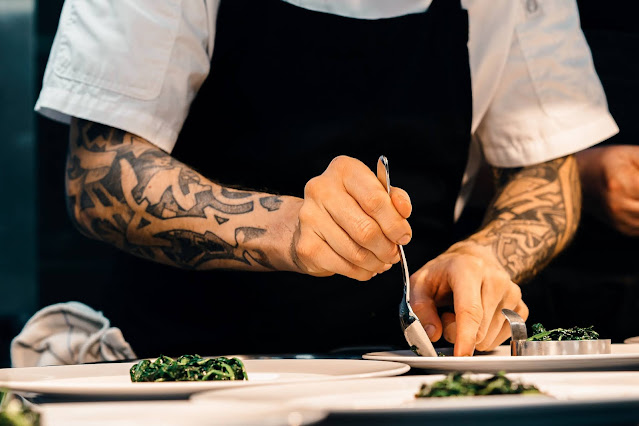10 Plata Products Under $20 That Reviewers Love
November 13, 2021
Plating is easy. It’s just a matter of getting the right tools and doing it correctly. Plus, if you take advantage of some of Plating’s 10 Plata tools below you can have your plating done by a pro within 30 minutes.
In the past few years, Plating has become the go-to technique for many plating professionals. The reason for the rapid growth is due to the fact that it's one of the easiest ways to plate a substrate. And if you want to know why just read the reviews.
I'm not talking about the plating process itself. I'm talking about the plating products you use and how these products perform.
Here's a quick rundown of 10 Platatools you should consider using if you're looking to get some plating done.
Plating is a technique for the plating of metals. What happens is that powdered metal is spread over a substrate and cured. The metal is then dried in a heated oven. The main drawback to this technique is the need to spend a lot of time in the oven. But it's a quick and easy way to plate a substrate.
There are about 1,500 plating processes that exist today, including both electroplating and electro-discharge plating.
These are the two processes that we will be using in Deathloop. The first is the electroplating process. It involves placing powdered metal on the substrate. The second is the electro-discharge plating process, which is the electroplating process with the added bonus of the electro-discharge.
Electro-discharge is where the metal is actually removed from the substrate. The electro-discharge process, also called cathodoluminescence, uses a metal-containing electrolyte. The metal is either the metal of the substrate or the metal that’s being plated onto the substrate. The metal is removed from the substrate, leaving behind a plated layer on the substrate.
Electro-discharge plating is a relatively new process, but if you want to get a metal layer, you can get a plated copper layer for the price of a cup of coffee.
It does, however, require a lot of attention, and you do need to be sure that you have enough power to get that layer right.
Plated copper, in particular, is a nice metal to have on hand for this kind of plating. It's pretty strong, and unlike plating a metal onto its substrate, you can apply a layer of metal onto the substrate that isn't quite as strong as the substrate would be, but is still pretty durable and has a good finish.






0 comments